Spirea Plant Varieties: Learn About Different Kinds Of Spirea Bushes
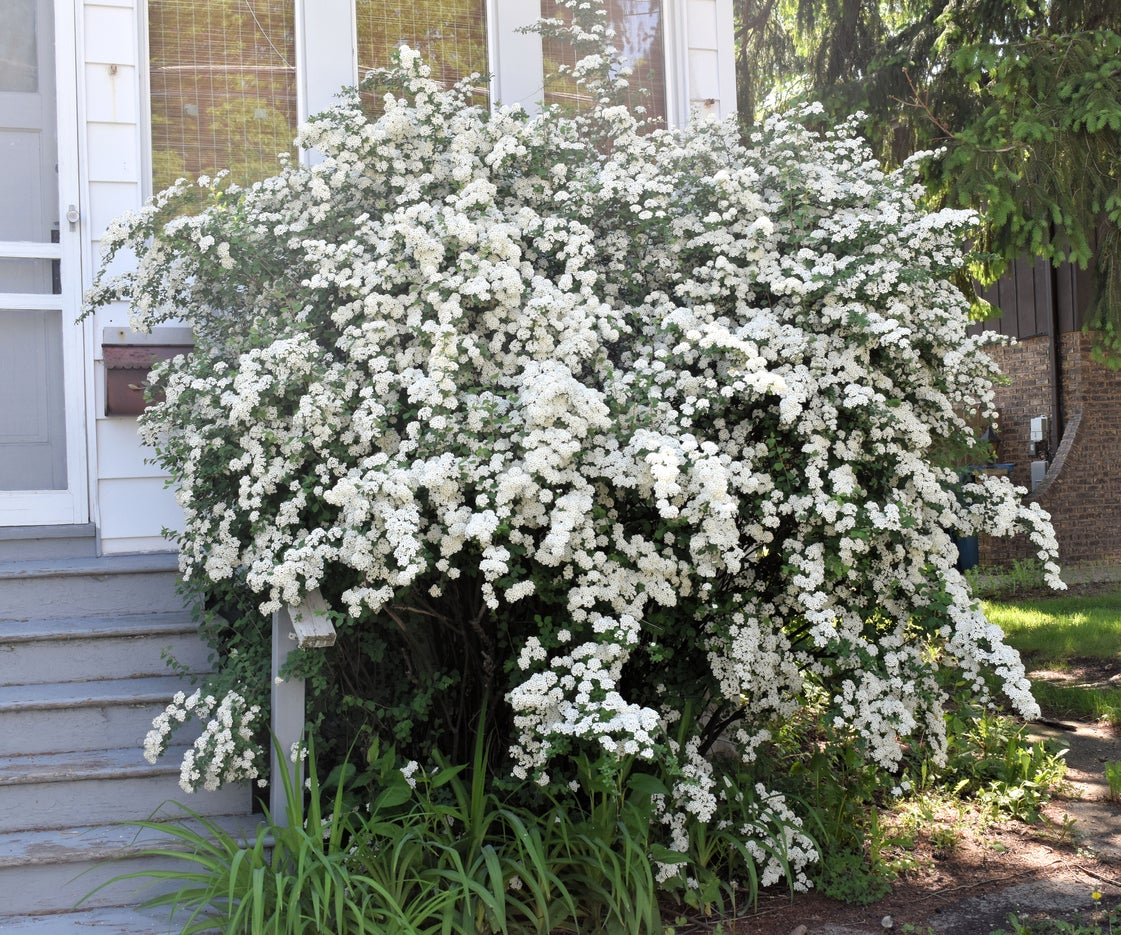

For attractive foliage and vibrant flowers, many gardeners rely on varieties of spirea shrubs. Different kinds of spirea work well as colorful garden accents, mass plantings, and container plants. If you go to the plant store, you may be surprised by how many types of spirea are available in commerce. Read on for an overview of the different spirea plant varieties as well as exceptional spirea cultivars.
About Spirea Plant Varieties
Spirea plant varieties are in the rose family and, like roses, among the most popular garden plants. They are beloved by busy gardeners since they do not require careful siting or special care. Plant different kinds of spirea and every year they will amaze you with their colorful blossoms. With a mixture of spirea cultivars, you can get blossoms all season long. Spirea cultivars are all part of the genus Spiraea, a word that means “twisting” in Greek. Don’t worry though, the shrubs are not twisted. Rather, their fruits appear to be twisted. Types of spirea grow across the U.S. in USDA plant hardiness zones 3 to 8. If you count up the different kinds of spirea out there, you’ll find at least 80 different species. Some are quite tall and make perfect ornamental specimens. Others work well as bushy groundcover.
Popular Varieties of Spirea
Many types of spirea out there work well in your garden, looking lovely with neighbors like larkspur, lavender, forsythia, and peony plants. They can grow from April through November in blossom shades ranging from white to red and purple. Perhaps the most popular types of spirea are ‘Triumphans’ (Spiraea billardii), a magnificent summer blooming shrub with dark pink blossoms, and Bridal Wreath Spiraea (Spiraea prunifolia). Bridal Wreath grows 5 to 6 feet (1.5-2 m.) tall and can make great hedge plants with their romantic white flowers. If you like Bridal Wreath’s wide-arching branches, check out ‘Grefshiem.’ It’s one of the newer spirea plant varieties and also serves well in a freestanding hedge. With so many kinds of spirea out there, you should try more than one in your garden. If you want early blossoms, consider ‘Astilbe.’ It grows to 10 feet (3 m.) offering pale pink flowers. It also works fine in hedges. For a spring-blooming shrub, take a look at the bushy Spiraea densiflora. It is very healthy with bright pink flowers and attractive, long-lasting foliage.
Gardening tips, videos, info and more delivered right to your inbox!
Sign up for the Gardening Know How newsletter today and receive a free copy of our e-book "How to Grow Delicious Tomatoes".

Teo Spengler is a master gardener and a docent at the San Francisco Botanical Garden, where she hosts public tours. She has studied horticulture and written about nature, trees, plants, and gardening for more than two decades. Her extended family includes some 30 houseplants and hundreds of outdoor plants, including 250 trees, which are her main passion. Spengler currently splits her life between San Francisco and the French Basque Country, though she was raised in Alaska, giving her experience of gardening in a range of climates.
-
 4 Superfast Composting Methods: Turn Waste Into Garden Gold In 30 Days Or Less
4 Superfast Composting Methods: Turn Waste Into Garden Gold In 30 Days Or LessTry the fastest composting methods to turbocharge your pile and transform kitchen scraps and garden waste into finished compost in just a few weeks.
By Mary Ellen Ellis
-
 Best Spider Plant Soil – Complete Soil Guide And Expert Tips For Keeping Plants Happy
Best Spider Plant Soil – Complete Soil Guide And Expert Tips For Keeping Plants HappySpider plants are fun and easy plants to grow, but what is the best soil for a spider plant? Selecting the right soil is important so they can thrive.
By Bonnie L. Grant
-
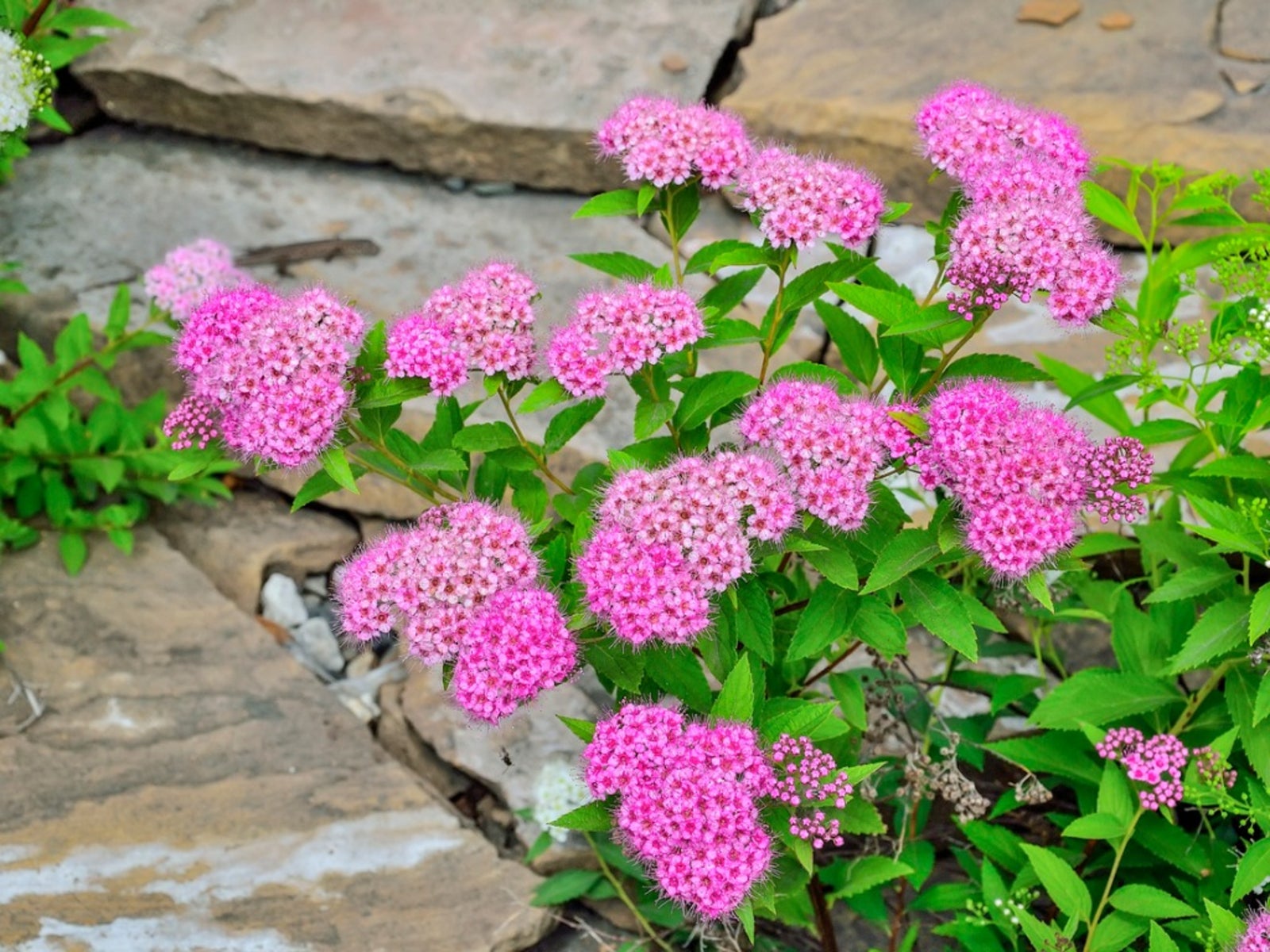 Managing Japanese Spirea – How To Control Japanese Spirea Plants
Managing Japanese Spirea – How To Control Japanese Spirea PlantsJapanese spirea is a small shrub that has naturalized throughout parts of the U.S. In some areas it has even become invasive. Learn how to control it here.
By Amy Grant
-
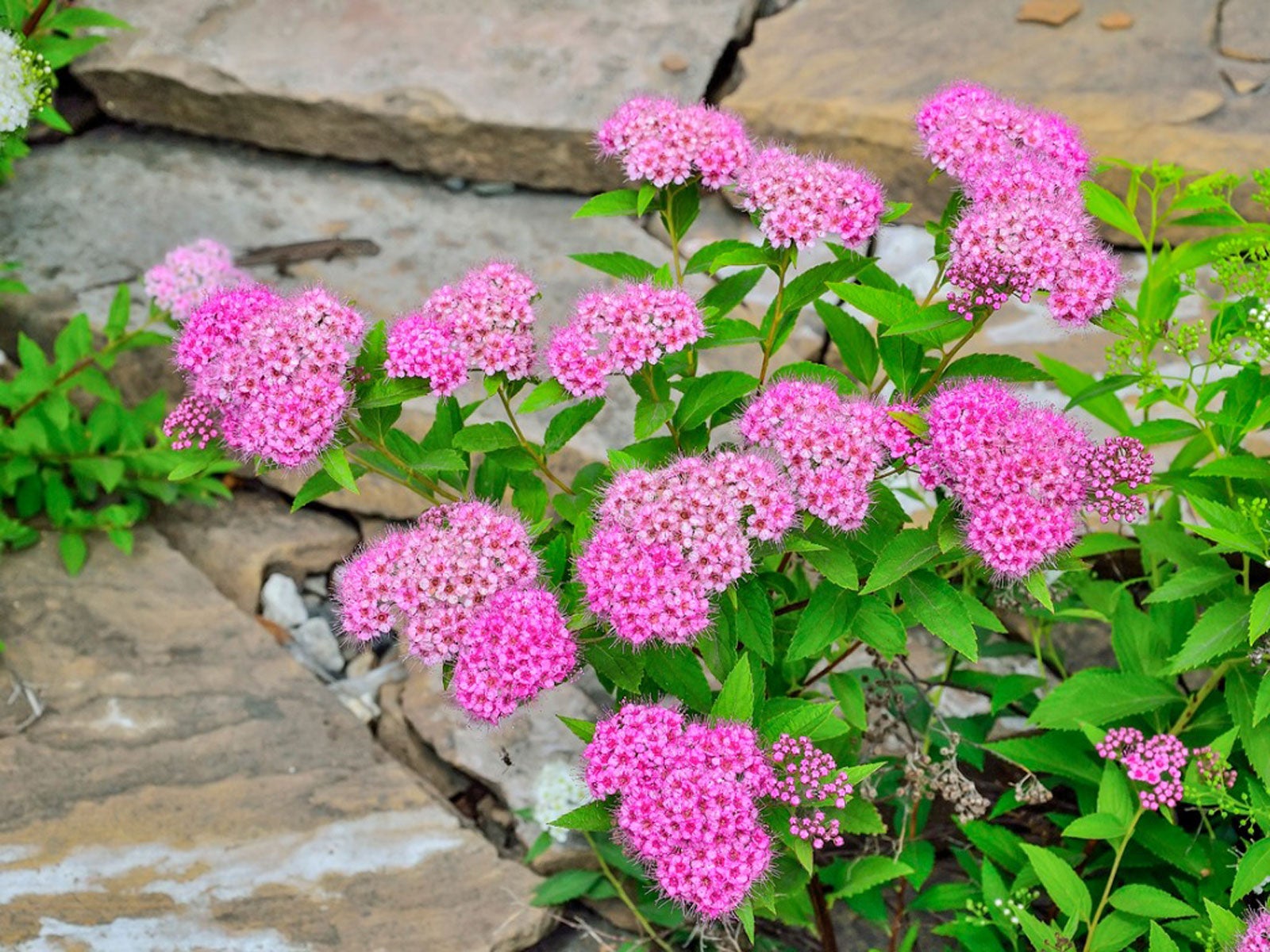 Managing Japanese Spirea – How To Control Japanese Spirea Plants
Managing Japanese Spirea – How To Control Japanese Spirea PlantsA small, pretty shrub, Japanese spirea has become naturalized throughout parts of the U.S. and may be invasive in some areas.
By Amy Grant
-
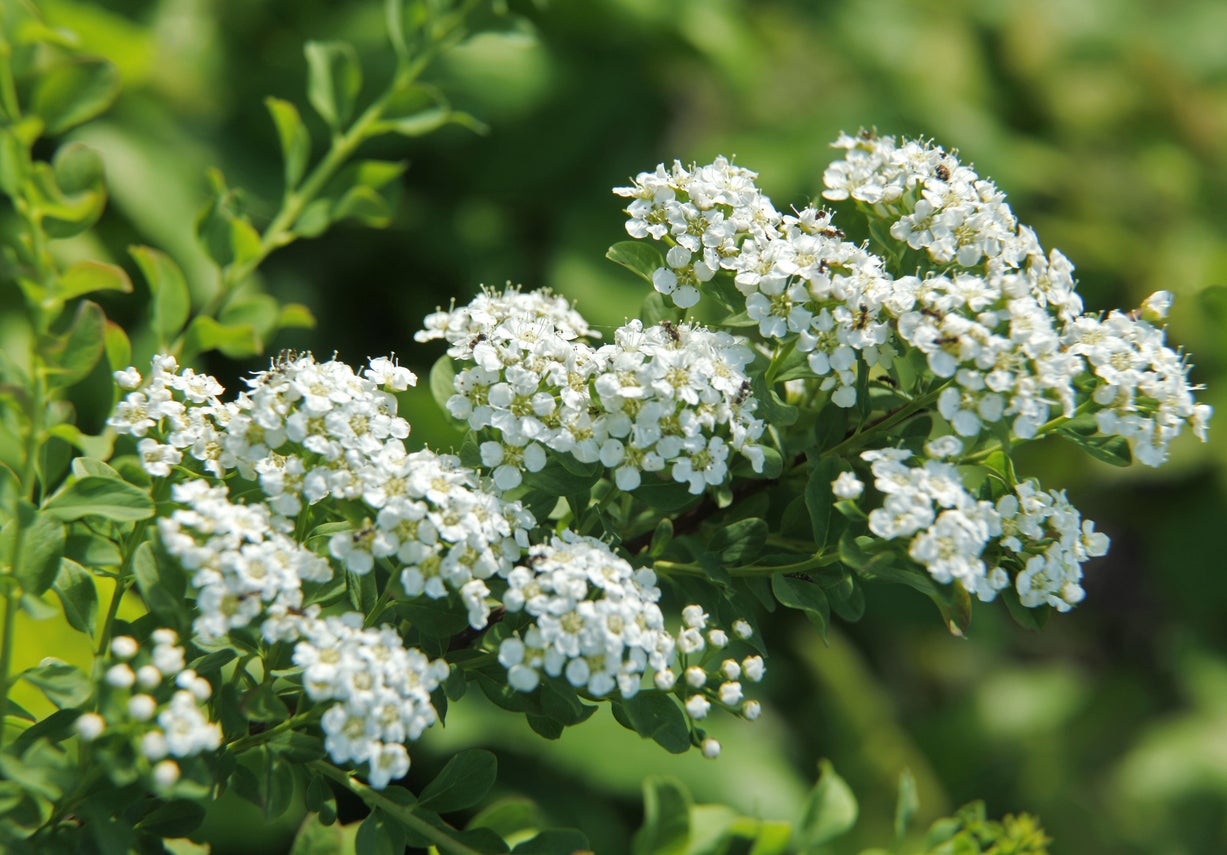 Pruning Spirea: Tips For Cutting Back Spirea Shrubs
Pruning Spirea: Tips For Cutting Back Spirea ShrubsPruning spirea after a couple of years will rejuvenate the plant. The following article contains information on how to prune spirea along with other helpful tips for cutting back spirea shrubs in the landscape. Click here to learn more.
By Amy Grant
-
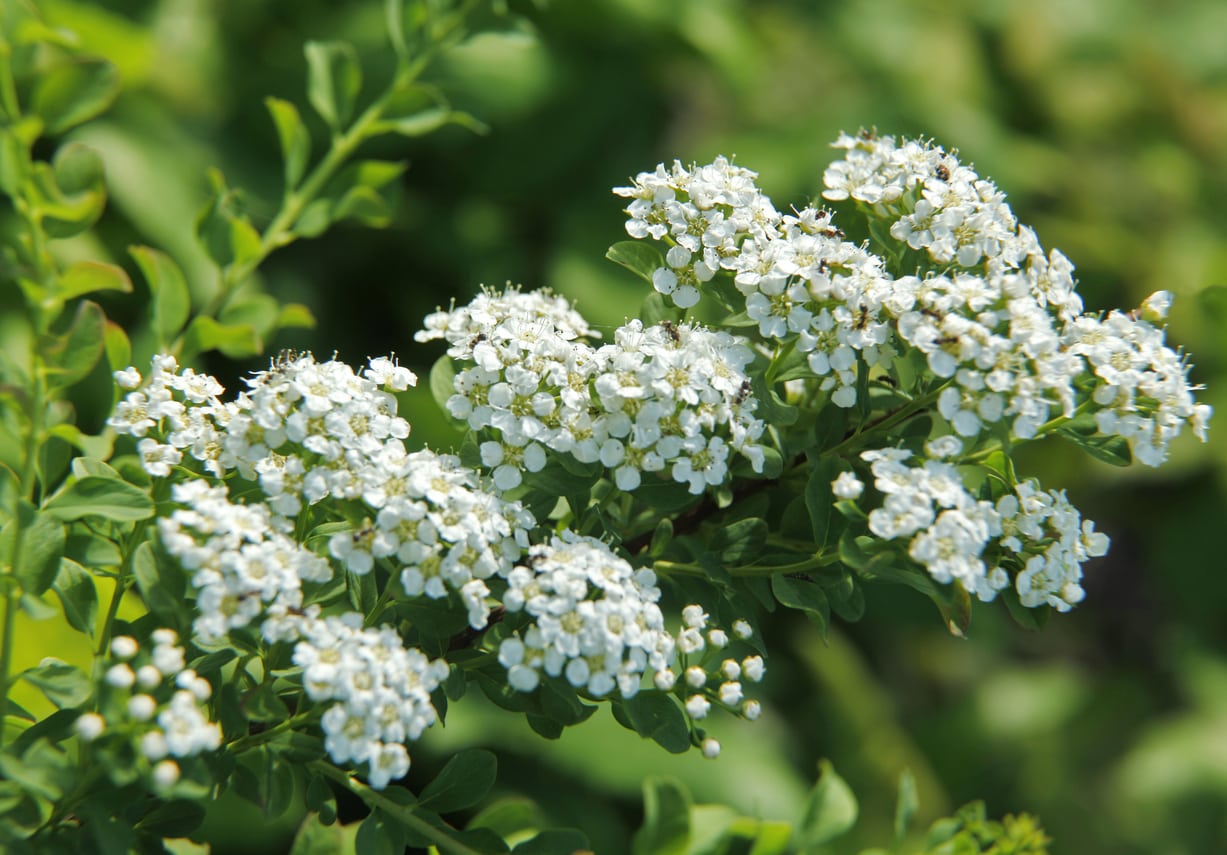 Pruning Spirea Shrubs: Learn About Trimming Spirea Plants
Pruning Spirea Shrubs: Learn About Trimming Spirea PlantsSpirea is a lovely foundation plant, providing greenery and flowers. But it’s a common complaint that these small shrubs start to look ugly after a season or two. The solution is simple: trimming spirea plants keeps it looking attractive year after year. Learn more here.
By Mary Ellen Ellis
-
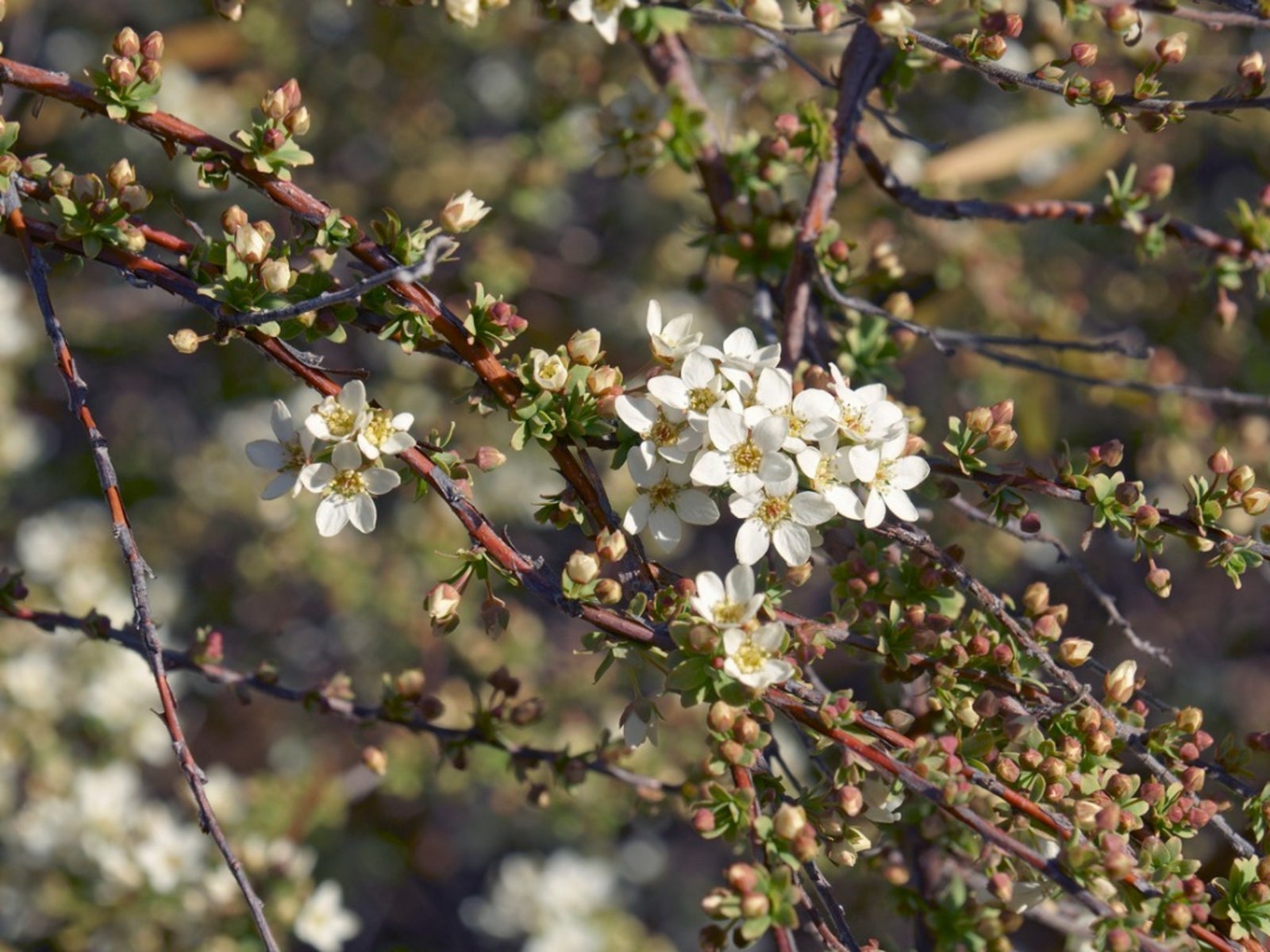 What Is Ogon Spirea: Growing A Mellow Yellow Spirea Plant
What Is Ogon Spirea: Growing A Mellow Yellow Spirea PlantVarieties such as Ogon spirea promise growers a profusion of flowers in the springtime, followed by stunning bronzed foliage each fall. Best of all, their robust nature and long life span make spirea shrubs like this an investment worth making. Click here for more info.
By Tonya Barnett
-
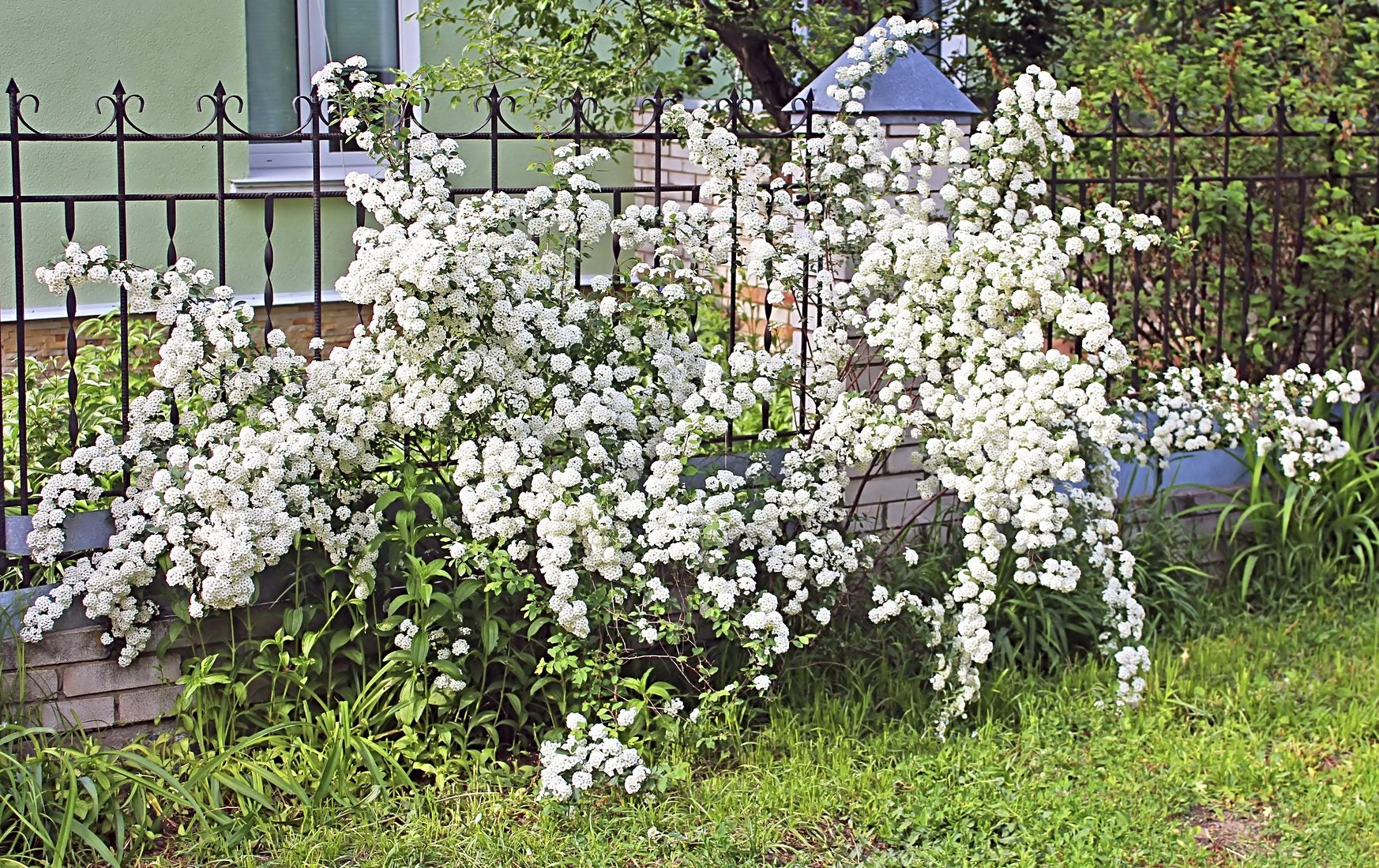 How To Transplant Spirea Bushes: Learn When To Move Spirea Bushes
How To Transplant Spirea Bushes: Learn When To Move Spirea BushesWhether you have one in a container that you want to move to the garden, or you have an established plant that needs to move to a new spot, sometimes spirea bush transplanting is necessary. Keep reading to learn more spirea transplanting info.
By Liz Baessler
-
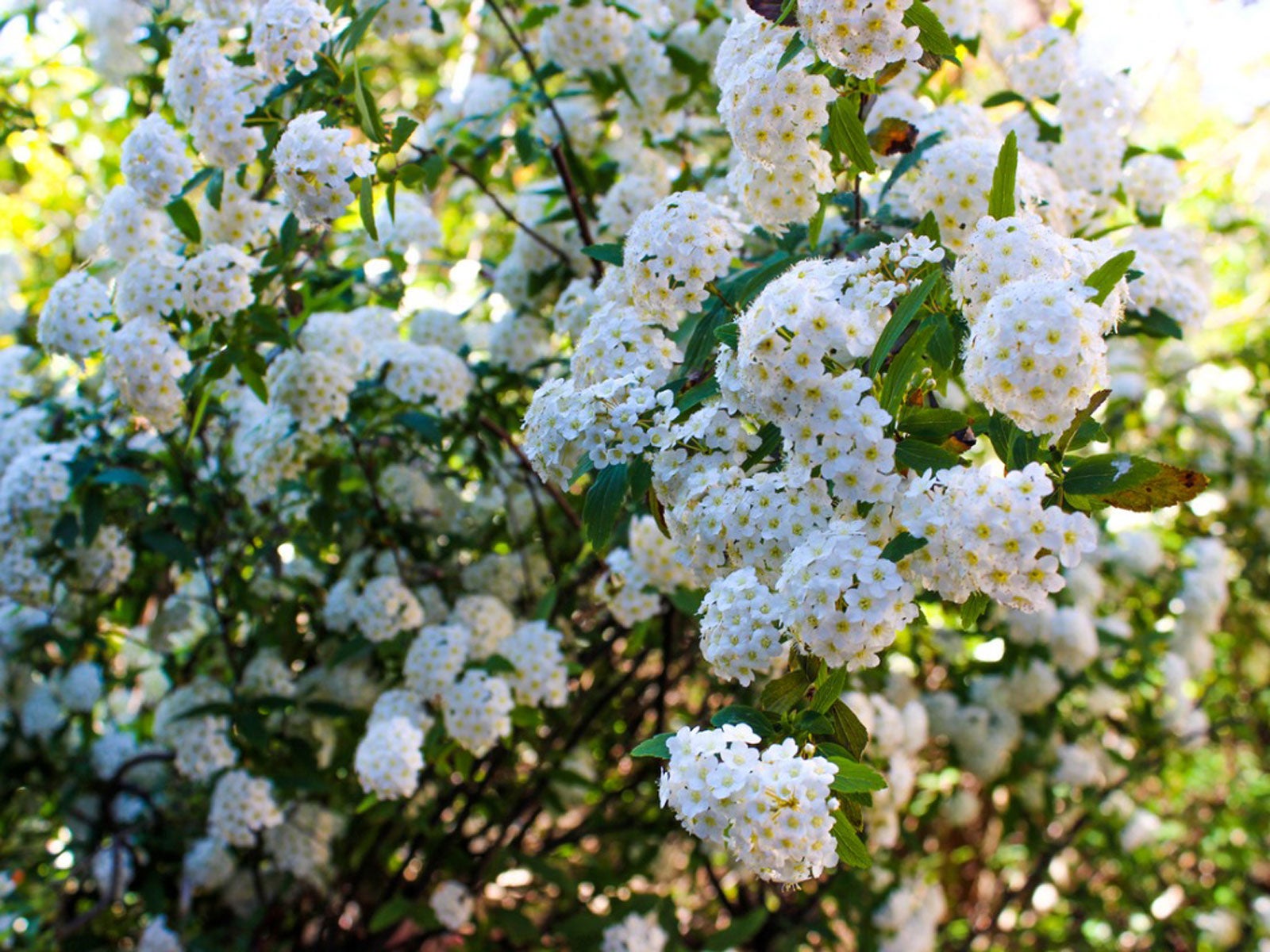 Growing Spirea Shrubs: Information On How To Care For Spirea Bushes
Growing Spirea Shrubs: Information On How To Care For Spirea BushesSpirea bushes are a joy. They're beautiful, they grow quickly and are easy to care for. What's not to love?
By Susan Patterson